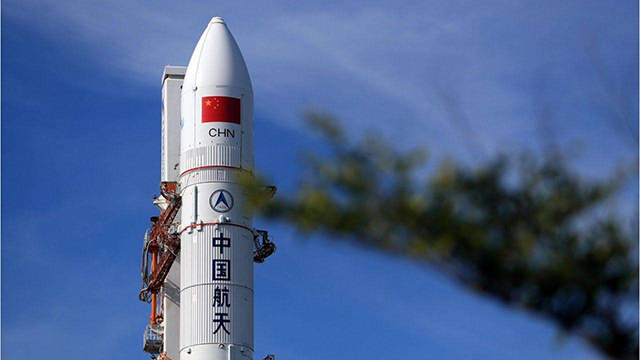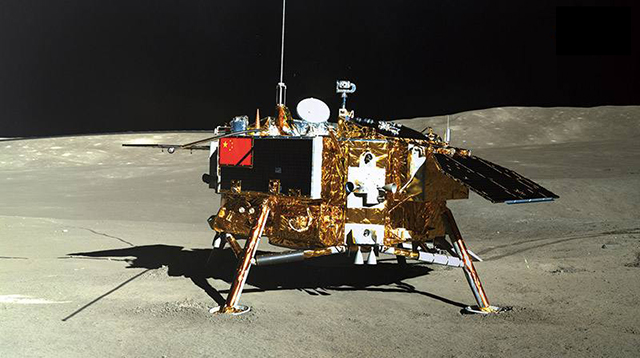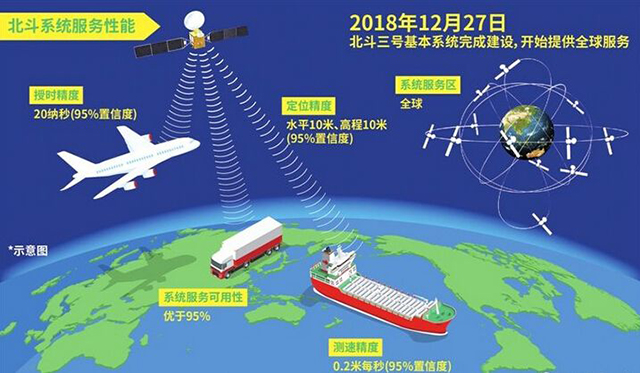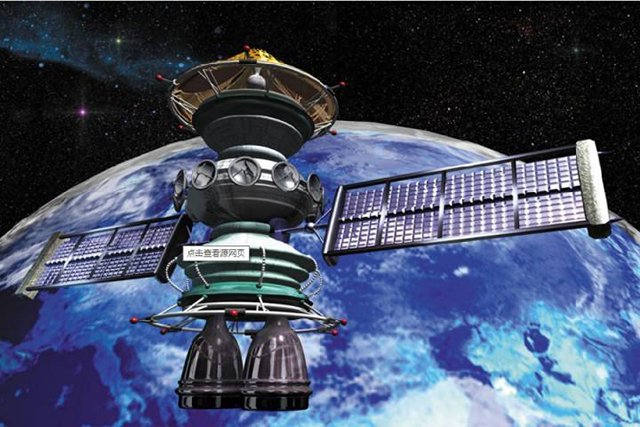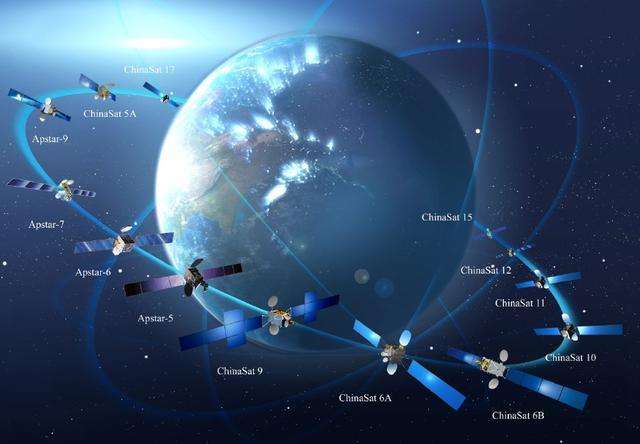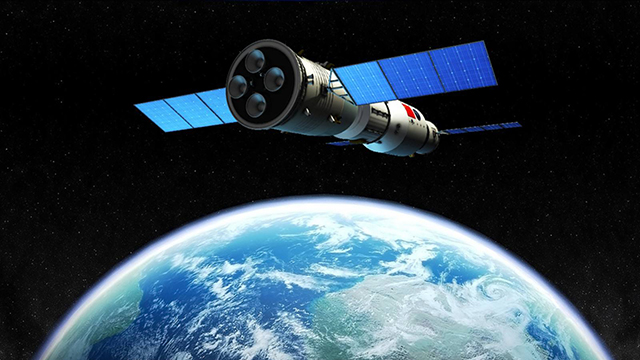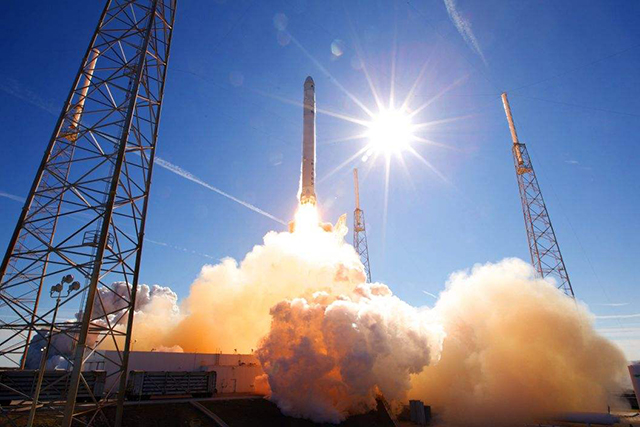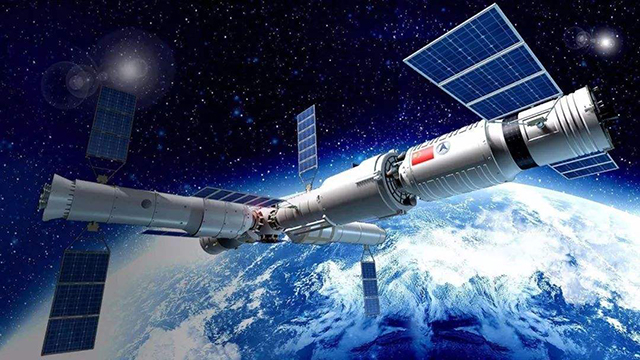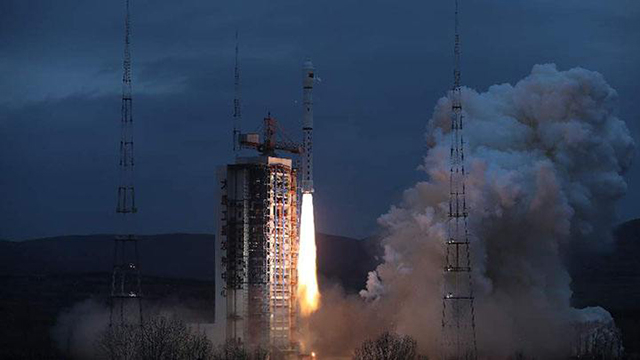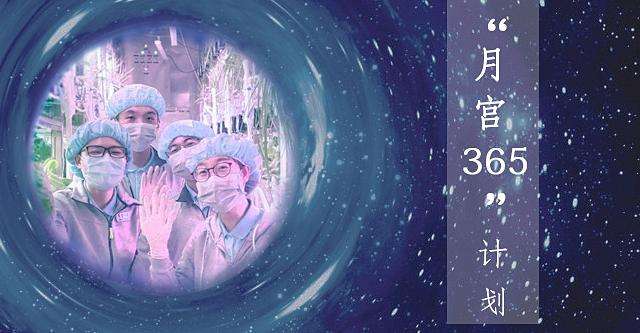2018 is an important year for China to promote the construction of a space power. In this “super-year” of China’s spaceflight, China Aerospace successfully implemented 39 aerospace launch missions represented by the Lunar 4 lunar probe launch and the Beidou 3 global system network. The new high, a series of major events are eye-catching.
Top 10 News of China Aerospace in 2018:
1.China’s space launch number jumped to the top in the world for the first time in 2018
- At 0:53 on December 25th, Beijing time, China used the Long March 3C carrier rocket at the Xichang Satellite Launch Center to successfully launch the communication technology test satellite No.3 and the satellite entered the scheduled orbit. This is the 296th flight of the Long March series of launch vehicles. As of press time, the number of space launches in China in 2018 has reached 38, and the number of annual space launches has ranked first in the world for the first time. Since January of this year, China Aerospace Science and Technology Corporation has carried out 36 space launches, China Aerospace Science and Industry Corporation has carried out a space launch, and private commercial aerospace company Beijing Blue Arrow Space Technology Co., Ltd. carried out one launch mission. .
In 2018, the Beidou satellite navigation system completed 11 launch missions, and sent 19 Beidou-3 navigation satellites and 1 Beidou-2 navigation satellite into the scheduled orbit. The network launch was separated by a minimum of 17 days, creating the Beidou network launch history. A new record of high density and high success rate.
The United States launched 31 space launches in 2018 and 16 times in Russia. In addition to China, the United States and Russia, ESA conducted 11 times, India carried out 7 times, and Japan conducted 6 times.
2.”Chang’e IV” realizes the first visit of the human detector to the back of the moon
- At 10:26 on January 3, 2019, Beijing time, the “Chang’e IV” detector successfully landed on the back of the moon at 177.6 degrees east longitude and 45.5 degrees south latitude in the pre-selected landing zone, and passed back through the “Queqiao” relay star. The world’s first close-up image of the moon back image realized the first soft landing of the human detector and the relay communication of the first moon back with the earth, opening a new chapter in human lunar exploration. China became the first country in the world to successfully achieve a soft landing on the front and back of the moon, creating a feat in the history of human space!
3.The completion of the construction of the basic system of the Beidou No. 3 began to provide global services.
- At the State Council press conference held on December 27th, the director of the Beidou Satellite Navigation System Management Office and the Beidou satellite navigation system spokesperson announced that the basic system of the Beidou No. 3 was completed and began to provide global services.
According to reports, the Beidou system is a global satellite navigation system that is independently constructed and operated independently by China and is compatible with other satellite navigation systems in the world. Since the 1990s, the Beidou system has been developed. According to the “three-step” development strategy, the Beidou-1, Beidou-2 and Beidou-3 systems have been built, and a satellite navigation system construction road with Chinese characteristics has been built.
By 2020, China will continue to launch 11 Beidou No.3 and one Beidou-2 satellite to complete the comprehensive construction and further improve the system service performance. In 2035, Beidou will be built as the core, which will become more ubiquitous, more integrated and more intelligent. Integrated Positioning Navigation Time (PNT) system.
4.China’s first 0.5-meter high-resolution commercial remote sensing constellation built
- At 11:24 on January 9th, 2018, China used the Long March II carrier rocket at the Taiyuan Satellite Launch Center to successfully launch Gaojing No.1 03 and 04 into the orbit, with the same track. The operation of Jingyi No. 01 and 02 star network marks the official completion of the first phase of China’s first 0.5-meter high-resolution commercial remote sensing satellite constellation. In 2018, China’s space launch achieved a good start.
The Gaojing commercial remote sensing satellite system was developed by the five institutes affiliated to China Aerospace Science and Technology Corporation Co., Ltd., and is operated by China 4D Surveying and Mapping Technology Co., Ltd., a professional company affiliated to China Aerospace Science and Technology Corporation.
After the first batch of four 0.5-meter high-resolution optical remote sensing satellites of the Gaojing Shangyao Satellite System, it will realize 10 minutes of imaging per track and quickly transmit it. It can collect 3 million square kilometers of images per day, providing high prices for users around the world. Remote sensing data services and application system solution services for all-weather Earth observation.
5.China launches global low-orbit satellite mobile communication constellation construction
- China will build a global low-orbit satellite constellation communication system and name it “Hongyan Constellation.” The 60 satellites will be networked in 2020, which will promote international communication interconnection.
China Great Wall Industry Group Co., Ltd., a subsidiary of China Aerospace Science and Technology Corporation, announced the news at the Zhuhai Air Show. The Hongyan Constellation program consists of 60 low-orbit small satellites and a global data service processing center, with real-time two-way communication capabilities in all weather, full-time and complex terrain conditions.
In the aspect of satellite data collection, the information obtained by wide-area distributed ground sensors is used as a data source to realize large-area information collection and applied to marine, meteorological, transportation, environmental protection, geological, disaster and other fields; in satellite data exchange, Multimedia data services such as short messages, pictures, audio, and video are available worldwide.
The Hongyan Constellation will also be equipped with an automatic ship identification system and a broadcast-type automatic correlation monitoring load. The former can receive message information sent by ships on a global scale, and the latter can perform location tracking, monitoring and logistics control of global aviation targets from outer space.
Hongyan constellation can provide information dissemination channel for Beidou navigation satellite augmentation system and improve the positioning accuracy of China Beidou.
6.China’s first space target aircraft – Tiangong No. 1 perfect “callback”
- At about 8:15 on April 2, Beijing time, China’s first target aircraft, Tiangong No. 1, completed its mission and re-entered the atmosphere. The re-entry zone is located in the central part of the South Pacific Ocean, and most of its components are ablated and destroyed during re-entry into the atmosphere. The aerospace expert said that Tiangong No.1 did not “smash into the earth as described in the science fiction movie, but in the process of rushing to the earth, it turned into a gorgeous star, and crossed the beautiful starry sky.”
7.China’s first private carrier rocket launch
- On the afternoon of October 27, 2018, Beijing time, Blue Arrow Space launched the first private launch vehicle “Suzaku No. 1” in Jiuquan. During the launch, the first and second stage rockets and the second and third stage rockets were normally separated, but because of the third level. The rocket’s flight attitude was abnormal, causing the satellite to fail to get into the track.
Zhang Jianwu, CEO of Blue Arrow, said: “This is a normal test flight and it has also achieved the expected goal. The aerospace is like this. It is a thousand miles away. This launch proves that the whole process of private rocket launch is highly controllable and docked. It is very confident to develop.”
“Suzaku No.1” is a three-stage solid-state launch vehicle independently developed by Blue Arrow Aerospace. The total length of the whole arrow is 19 meters, the diameter of the arrow is 1.35 meters, the take-off weight is 27 tons, and the take-off thrust is 45 tons. The “Suzaku-1” launch vehicle was the first true launch of a private carrier rocket in the history of Chinese aerospace, creating a precedent for Chinese private rockets.
8.Sino-French marine satellite launch successfully
- At 8:43 on October 29, China successfully launched the Sino-French marine satellite with the Long March II C carrier rocket at the Jiuquan Satellite Launch Center. Sino-French Marine Satellite is the first satellite jointly developed by the two countries. It will be mainly used for marine dynamic environment monitoring, and the first simultaneous sea breeze and ocean wave observation. The Chinese side is responsible for providing satellite platforms, sea breeze observation loads and emission measurement and control. The French side is responsible for providing ocean wave observation loads, and the satellite detection data is shared by both parties.
9.The first marine business satellite launch of our national space infrastructure plan was successfully launched.
- At 11:15 on September 7, 2018, China used the Long March II C carrier rocket at the Taiyuan Satellite Launch Center to successfully launch the “Ocean No. 1 C” satellite and the satellite entered the orbit. Ocean No. 1 C star is the first marine operational satellite of our national space infrastructure planning, and the third satellite of China’s ocean water color series satellite. It is mainly used to observe the sea surface temperature, chlorophyll concentration, suspended sediment and other oceans of the global ocean. Water color temperature elements, as well as information on red tides and changes in polar sea ice.
It will provide data services for China’s offshore waters and islands, coastal resource and environmental surveys, marine disaster prevention and mitigation, sustainable use of marine resources, marine ecological early warning and environmental protection, and also provide support for meteorological, agricultural, and water conservancy industries. This is also the 284th flight of the Long March series of launch vehicles.
10.”Yuegong 365″ experiment was a complete success
- On May 15, Beijing University of Aeronautics and Astronautics, the longest-running “Yuegong 365” experiment in the world for 365+5 days was a complete success.
It is understood that the experiment began on May 10, 2017, and ended on May 15, 2018, lasting 370 days, achieving “human-plant-animal-microorganisms” with higher closure and biodiversity. The long-term stable circulation of the artificial closure ecosystem of the four bio-chains, and maintaining the physical and mental health of the people, is by far the longest and most closed bioregeneration life support system experiment in the world.
